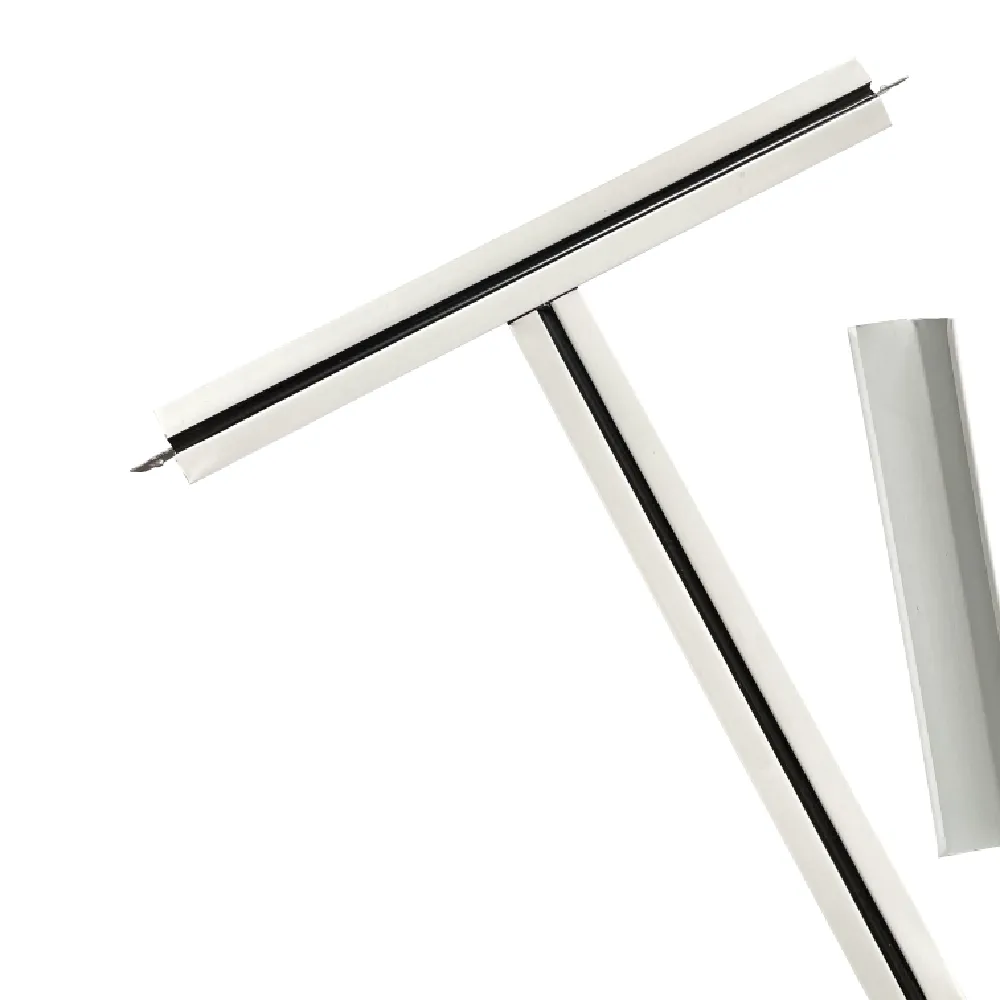8 月 . 21, 2024 15:20 Back to list
Innovative Plastic Ceiling Grid Solutions for Modern Interiors and Construction Projects
The Benefits of Plastic Ceiling Grids A Comprehensive Overview
In modern architecture and interior design, the choice of materials can significantly impact both aesthetics and functionality. One such material that has gained popularity is the plastic ceiling grid. This innovative solution offers numerous advantages over traditional alternatives, making it a preferred choice for various applications, ranging from residential spaces to commercial environments.
What is a Plastic Ceiling Grid?
A plastic ceiling grid serves as a framework for hanging ceiling tiles made of various materials such as mineral fiber, vinyl, or even acrylic. It is typically composed of high-density polyethylene (HDPE) or polyvinyl chloride (PVC), which makes it both lightweight and durable. Unlike conventional metal grids, plastic grids are resistant to corrosion, moisture, and environmental fluctuations, making them ideal for environments that require higher hygienic standards, such as hospitals or kitchens.
Durability and Maintenance
One of the most significant advantages of plastic ceiling grids is their robustness. Plastic does not rust or corrode, a common issue with metal grids exposed to humidity. This longevity translates into lower maintenance costs and less frequent replacements. Additionally, plastic grids are typically easier to clean; a simple wipe with a damp cloth is often sufficient to remove dust and dirt, making them an excellent choice for anyone seeking a low-maintenance ceiling solution.
Aesthetic Versatility
Plastic ceiling grids come in a variety of designs, colors, and textures, allowing homeowners and designers to achieve their preferred aesthetic without compromising quality. Unlike traditional metal grids that may require painting or covering, plastic grids can be manufactured in multiple finishes, providing seamless integration with any interior design theme. This versatility makes them suitable for diverse settings, from contemporary office spaces to cozy home environments.
plastic ceiling grid

Lightweight and Easy Installation
Another standout feature of plastic ceiling grids is their lightweight nature. The reduced weight simplifies the installation process, making it more accessible for DIY enthusiasts and professionals alike. Unlike heavy metal grids that require additional labor and specialized equipment for installation, plastic grids can be easily handled and cut to size, significantly speeding up the renovation or construction process.
Eco-Friendly Option
As the world increasingly shifts towards sustainable practices, plastic ceiling grids are emerging as a more environmentally friendly choice. Many manufacturers are incorporating recycled materials in their production processes. Moreover, unlike metal grids, plastic grids do not require the mining and processing of metals, which can contribute to environmental degradation. They can also be recycled at the end of their life cycle, reducing waste and making them a more sustainable option.
Sound Absorption
In many commercial and residential environments, controlling sound levels is crucial for comfort and productivity. Plastic ceiling grids can support the use of sound-absorbing tiles, which help minimize noise pollution and enhance acoustic performance within a space. This characteristic is especially beneficial in bustling settings like offices, schools, and healthcare facilities, where noise levels can impact focus and well-being.
Conclusion
Overall, plastic ceiling grids present a compelling alternative to traditional ceiling systems. Their durability, ease of installation, aesthetic versatility, and eco-friendly properties make them an excellent choice for a wide range of applications. Whether you are renovating an existing space or planning a new construction project, considering plastic ceiling grids could lead to enhanced functionality and style in your interior design endeavors. Embracing these modern materials not only streamlines the installation process but also contributes to creating a more sustainable and appealing environment.
-
Revolutionizing Interior Design with Ceilings t grid Suspended SystemNewsOct.29,2024
-
Revolutionizing Ceiling Design with ceiling access panel with Gypsum Tile WaterproofNewsOct.29,2024
-
Revolutionizing Interior Design with PVC Gypsum Ceiling: A Comprehensive GuideNewsOct.29,2024
-
Elevating Interior Design with High quality Mineral Fiber Ceiling TilesNewsOct.29,2024
-
Revolutionizing Interior Design with PVC Gypsum Ceiling: A Comprehensive GuideNewsOct.29,2024
-
Elevating Interior Design with High-Quality Mineral Fiber Ceiling Tiles: A Comprehensive GuideNewsOct.29,2024







